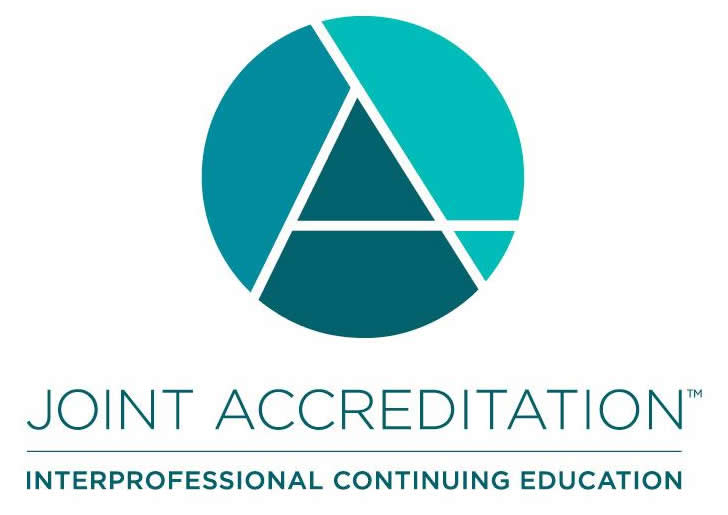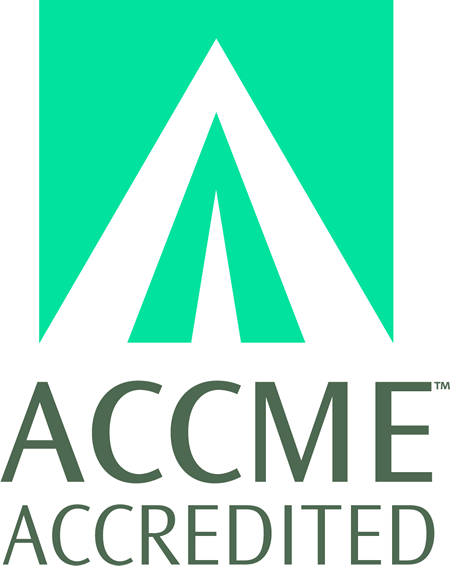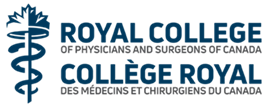
COURSE CREDITS & HOURS
14 AMA PRA Category 1 Credits™14 ACPE Credits
14.0 Contact Hours
13 Hours of Pharmacology for NPs
COURSE FEES
TARGET AUDIENCE
PROGRAM PURPOSE
The desired outcome is that attendees will adopt the stated learning objectives to improve their professional practice. Addressing pharmacological consequences of aging. iated with womens health issues commonly encountered in primary care. We explore the impact of these challenges throughout the lifespan. The desired outcome is that attendees will adopt the stated learning objectives to improve their professional practice. Addressing pharmacological consequences of aging.
- Pharmacokinetic and pharmacodynamic challenges to manage women's health
- Drug interactions; a primer and refresher for all areas of clinical practice
- Navigating behavioral and psychological symptoms of dementia and neurocognitive disorders commonly seen in our aging female patients
- Addressing the challenges of treating postpartum depression
- Identifying and navigating the caveats and challenges when treating female patients diagnosed with mental illness (including the new mixed feature diagnosis associated with major depression)
- Exploring opportunities to decrease the risk of metabolic syndrome; current recommendations to address this increasingly more common medical condition
Topics:
- Addressing pharmacological consequences of aging
Pharmacokinetic and pharmacodynamic challenges to manage women's health including a review of drug interactions; a primer and refresher for all areas of clinical practice- Describe physiologic changes that are associated with aging that can alter the intended effects of medication and may increase risk of unintended consequences of using medications in the older adult.
- Identify he challenges of applying FDA black box warnings and other age specific recommendations in this population
- Apply clinical pearls to improve medication medication safety in this population
- Addressing pharmacological consequences of aging
Navigating behavioral and psychological symptoms of dementia and neurocognitive disorders commonly seen in our aging female patients- Describe the impact of untreated BPSD on patients and caregivers
- Identify the current treatment options and opportunities to avoid pitfalls when initiating drug therapy in these patients
- Apply clinical pearls to improve medication medication safety in this population
- Clinical pearls to improve safe medication use in special populations
Addressing the challenges of treating postpartum depression- Identify medications available for the treatment of postpartum depression including the newest parenteral agent approved in 2019
- Describe the challenges of applying the new FDA pregnancy warnings to medication therapy in women of childbearing age
- Apply clinical pearls to improve medication adherence in this population
- Clinical pearls to improve safe medication use in special populations
Identifying and addressing the caveats and challenges associated with treatment in female patients diagnosed with mental illness (including the new mixed feature diagnosis associated with major depression)- Identify the current medications available for treating female patients with common mental health conditions
- Describe the challenges, risks and benefits in using various pharmacotherapeutic interventions in this population
- Apply clinical pearls for safe and effective medication use in patients with co-occuring medical and psychiatric conditions.
- Clinical pearls to improve safe medication use in special populations
Navigating metabolic syndrome; current recommendations to address this increasingly more common medical complication- Identify the new medications available for diabetes, hyperlipidemia and hypertension and review current guidelines recommending appropriate use
- Describe the differences in guidelines and how to engage the patient in the debate of negotiated clinical outcomes
- Apply clinical pearls for use of medication therapy in women




























